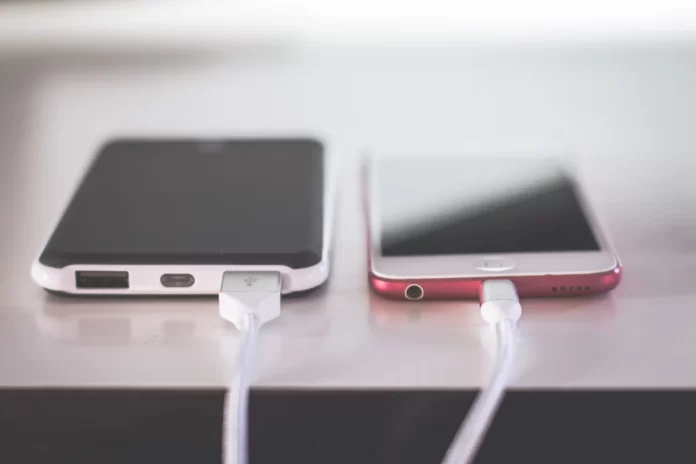The number of public chargers in airports, bus stops, subway stations, and other public places has been growing rapidly in recent years. However, it is not safe to use such USB inputs, as intruders can access data stored in the phone or download malicious software through them.
Back in November, the U.S. Attorney’s Office in Los Angeles County circulated information about a new method of criminal use of public USB chargers for data theft called “juice jacking”. The D.A.’s office said tourists should be careful when using USB charging stations in public places.
So, here is how to protect your smartphone when you are using public charging stations.
What does Juice Jacking mean
The term is used to describe a cyber-attack conducted by criminals who illegally compromise a USB charging station and convert it into a cyber weapon capable of gaining unauthorized access to the data stored on your smart device.
As a result of hacking such a station, criminals download malware into it, after which they can infect any smart device (tablet, smartphone) connected to it for charging via a USB cable. The malware then allows cybercriminals to infect your smart device with a virus or gain access to sensitive information (passwords, etc.) stored on your device.
Speaking of infrastructure, it’s secure, and the user’s phone is at risk. An intruder can use a socket to make a fake charge easily, as they sometimes put fake ATMs.
Once at the world’s largest hackers’ conference DefCon, several dozen information security experts themselves fell into a trap: they decided to charge their gadgets from a free charging module. All of them received messages: “Do not connect personal devices to dubious boxes… especially at the hackers’ conference”.
How not to become a victim of a hacked USB charging station
Restricting the use of charging stations for smartphones, tablets and other devices in public places is the best way to avoid becoming a victim of an incident. However, most smartphone users can only dream of having a battery with a very long lifespan.
Sometimes, for example, you land after a long flight and realize that your smartphone is already out of charge, and you can’t call a cab home until you recharge your device. The safest way is to have a fully charged portable power supply or use a regular AC outlet to charge your phone.
However, if you can’t carry a portable power supply or a cable to charge your device with you at all times, you should install a reliable protection program on your smart device. One of the best ways not to worry about your device when charging it at a USB station in a public place is to install antivirus on your phone or tablet.
Any reliable antivirus will be able to detect attempted illegal activity through the USB port you plug your charger into to protect your device from being blocked by scammers or having your data and passwords stolen directly from your device.
How to protect a smartphone against hacking through a public charging station
Both charging ports and cables in public stations can be used to download malware. And once a hacker has access to your smartphone, they can control it without your knowledge and steal your data. So, if you want to protect yourself and your smartphone, you can use these methods:
- Use a data block adapter, such as PortaPow. These can be purchased on Amazon. Data lock adapters physically block data transfer/synchronization, which means you can safely charge your device at a public station.
- Use an electrical outlet, not a USB port. Try to carry a charger with you so that you can use a safe outlet, not a dubious port, if necessary.
- Deny data access when connecting to other devices. When your iPhone connects to a computer or other device that wants to access your data, you see a pop-up window asking, “Allow access?” If you choose “Deny”, your settings and data are inaccessible. For Android smartphones, you’ll get a notification that says “Charging your device via USB”. Make sure you select the “No data transfer” option (depending on the model, this messages may be different, but the essence remains the same).
If you have an Android device with an older version of the OS, or if it has the USB debugging feature activated, it’s no problem to infect your smartphone via a fake charger. If you’re using a smartphone or tablet with a current version of the OS, there’s nothing to worry about. But if you urgently need to charge your phone in a public place, we recommend charging the power bank first, and then from it – the smartphone.






